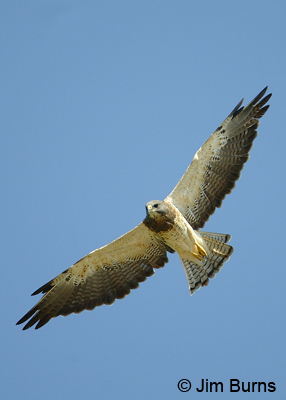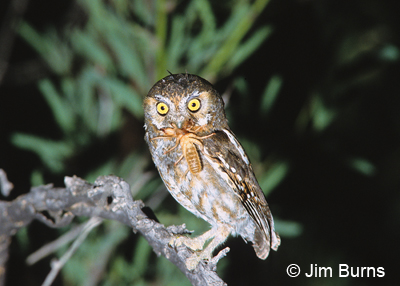
To highlight the complexity and diversity of the avian species around us, I’d like to highlight five notable Arizona breeding birds and tell you where they are right now, well after nesting season is over and they’ve apparently migrated out of sight and out of mind.
Swainson’s Hawk—Swainson’s breed in Arizona’s grasslands, but migrating fall groups are often seen high overhead or hanging out in far south and west Valley agricultural fields fattening up on grasshoppers for their long journey ahead. How long? Theirs is the second longest migration of any North American raptor, 12,500 miles round trip to the pampas of Argentina. They’re already there. Swainson’s can ride thermals for miles without flapping. One October 845,000 were counted passing over the famous Veracruz, Mexico hawk watch site.
American Avocet—Not discovered breeding in Arizona until 1965, a few of these large shorebirds with their elegant, upswept bills and beautiful rust, black, and white plumage now nest at the Gilbert Riparian Area (GRA) each spring. These leave in August to winter in central Mexico while some of their species from farther north in the Great Basin come to winter at GRA in their non-breeding drabs, black and white without the burnt orange.
Elf Owl—Elfs, the most numerous summertime owls in Arizona are also the smallest owls in the world. They are insectivores, but with their diminutive size comes a low insulation index and the moths upon which they prey disappear when overnight lows in Arizona’s canyons drop below freezing. Elf owls leave in October for Oaxaca and Michoacan in southern Mexico.
Costa’s Hummingbird—Costa’s, with their striking purple Fu Manchu gorgets, are common Arizona breeders. Their nesting peaks in their preferred Sonoran desert habitat in March and April. Then, like many Phoenicians, they leave for the California coast for the summer. In September many drift south into Mexico, but now they’ve returned because the chuparosa and desert lavender are blooming in the deserts again. They’ll stay until after breeding season.
Vermilion Flycatcher—Our spectacular little “fireheads” have left their summer breeding grounds, but they’re year-round residents here. They don’t migrate south, but they move downslope and out into protected river valleys. Remember, they’re flycatchers. They’ll winter wherever the average minimum January temperature is above freezing—where their insect prey can survive winter. Look for them now along the Salt/Verde corridor and in lowland bosques.
There’s a lot of post-breeding diversity among these five species, but all are driven by the same needs, the ones that also drive our species—warmth, food, and the next reproductive cycle. The only difference is there’s no leisure time for them to be distracted by games. They’re keeping it real. It’s all about survival.